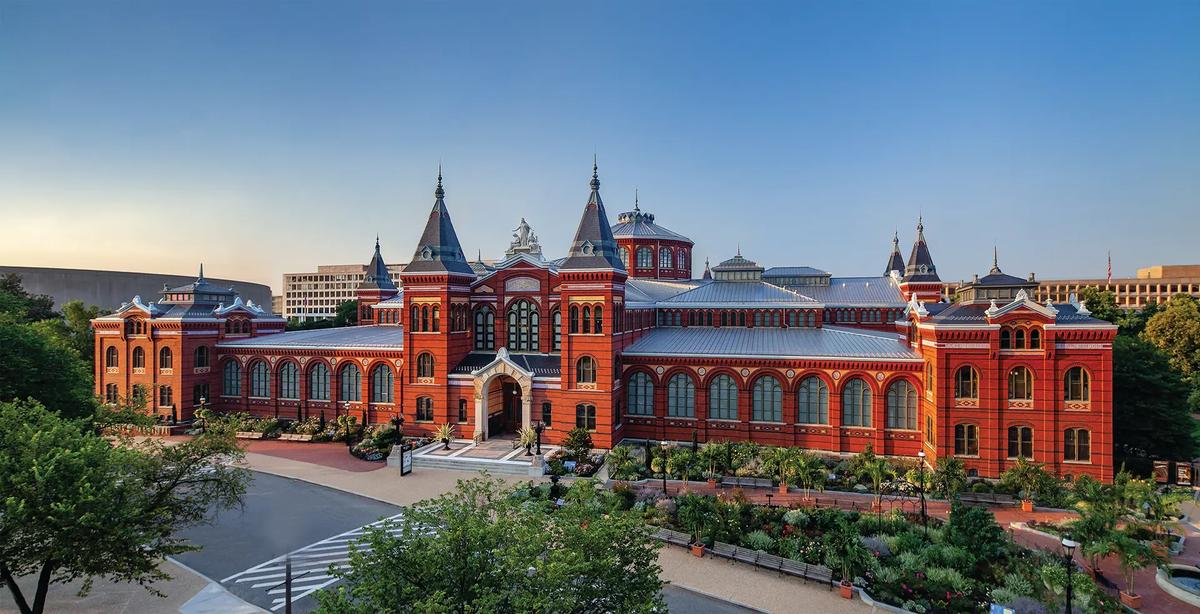The Smithsonian Institution’s bureaucratic hunt for sites to realise two long-awaited museums, the National Museum of the American Latino and the American Women’s History Museum, will crystalise this summer, when the institution is expected to announce a shortlist of six to seven potentially suitable locations.
The Smithsonian presented more than 20 recommendations earlier this month to the National Capital Planning Commission and the US Commission of Fine Arts, federal departments that oversee plans for museums and other major projects in Washington, DC. Around 14 sites were identified as “tier one” sites from a wider pool of 26 proposals, while others will be considered but are unlikely to meet the Smithsonian’s criteria.
The search for appropriate sites for the museums follows decades-long campaigning for their construction, which Congress approved in December 2020. The site selection process itself has been complicated primarily due to the prestige placed on each museum’s proximity to the National Mall, and the scarcity of acreage along the coveted two-mile promenade from the Lincoln Memorial to the US Capitol.
Advisory committees for both museums are basing site criteria on the prominence of the site on the National Mall; proximity to the National Mall and other Smithsonian museums; the preservation of key sightlines; significance to constituent groups; cost of site preparation; and the potential for “architectural expression”.
The Smithsonian is reviewing proposals in consultation with the Baltimore-based architecture firm Ayers Saint Gross. Some of the sites selected include a piece of land north of the Lincoln Memorial Reflecting Pool; the Department of Agriculture Administration Building; and some buildings that could be demolished to make room for either museum, like the FBI headquarters, called the J. Edgar Hoover Building.
The historic Adolf Cluss and Paul Schulze-designed Arts and Industries Building—a Smithosnian property—also made the list for its visibility and proximity to the National Mall. But spanning around 250,000 sq. ft, the building would have to be expanded in order to accommodate either museum.
The museums will be realised with an even split of funds provided by the federal government and private sources. Projections related to budgeting have not been disclosed but are expected to surpass the $540m designated to the National Museum of African American History and Culture, another long-anticipated institution that opened in 2016, more than a decade after it was approved by Congress.
Lisa Sasaki, the director of the Smithsonian Asian Pacific American Center, is currently serving as interim director of the Smithsonian Women’s History Museum, while Jorge Zamanillo, previously the executive director and chief executive of HistoryMiami Museum, was appointed the director of the National Museum of the American Latino in February this year.


